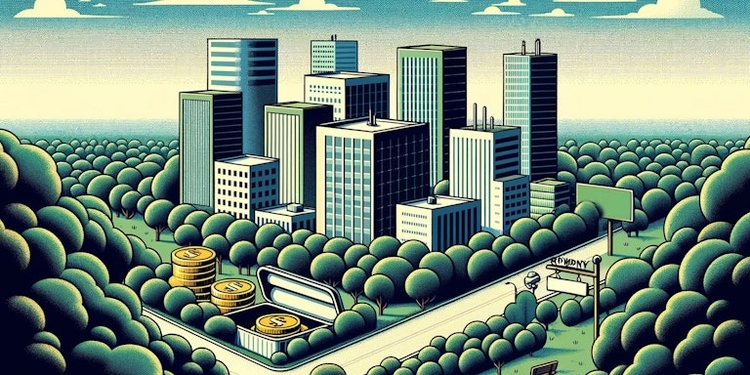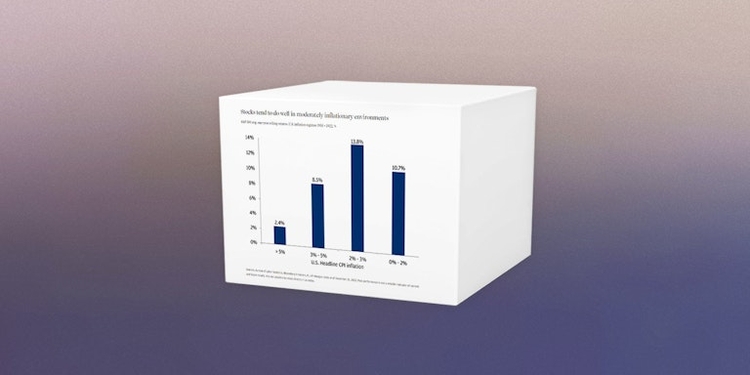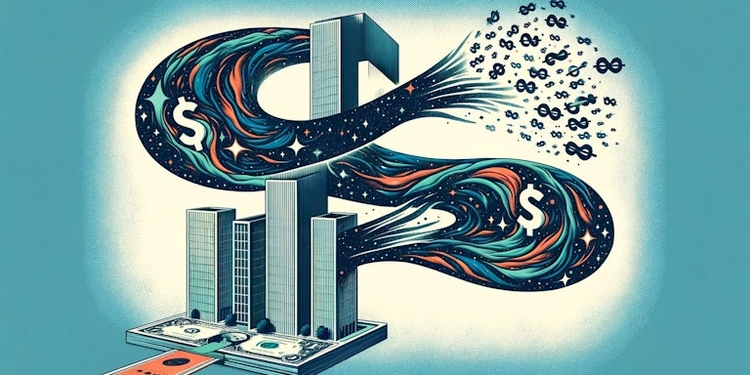China Faces Its First Big Test Of Its 2024 Economic Goal

The Focus This Week: China’s Moment Of Truth
China’s government has set an official economic growth target of “around 5%” for 2024, echoing last year’s aim exactly. But, as analysts quickly pointed out, the goal will be a lot harder to hit now than in 2023. Back then, growth – which came in at just 5.2% – was helped by a low “base effect” or starting point, thanks to stifling pandemic restrictions the year before. Not helping matters is the fact that China’s still struggling with some of last year’s major troubles, including a property slump, seemingly entrenched deflation, fading consumer confidence, and elevated levels of local debt.
So it’s understandable that investors are a tad nervous as China gears up to unveil its growth figures for the first quarter of 2024. The data, due Tuesday, will provide an early look at the country's performance this year. And economists aren’t optimistic: forecasts for first-quarter growth range from 4.4% to 5%. If that’s right, it’s a notable step down from the 5.2% pace notched in the final quarter of 2023, indicating, if anything, that the economy is losing steam. Worse yet, that’d undershoot the government’s target, meaning that economic expansion would have to pick up speed in each of the next three quarters for the economy to hit its goal for 2024.
Experts estimate that the world’s second-biggest economy will likely expand by just 4.6% this year, arguing that the only way for China to meet the ambitious 2024 goal is by smashing open the piggy bank and splashing out on some hefty stimulus measures, as the country’s done many times before. It’s something policymakers have so far been hesitant to do, as they try to break the economy’s long dependence on debt-driven growth. Problem is, that reliance may be a lot harder to shatter than the piggy bank.
On The Calendar
- Monday: US retail sales (March), eurozone industrial production (February). Earnings: Goldman Sachs.
- Tuesday: China industrial production and retail sales (March), China economic growth (Q1), UK labor market report (March), US industrial production (March). Earnings: Bank of America, Johnson & Johnson, Morgan Stanley, UnitedHealth.
- Wednesday: Japan trade balance (March), UK inflation (March).
- Thursday: US existing home sales (March). Earnings: Blackstone, TSMC, Netflix.
- Friday: Japan inflation (March), UK retail sales (March). Earnings: American Express, Procter & Gamble.
What You Might’ve Missed Last Week
US
- US inflation was hotter than expected in March.
Europe
- The European Central Bank (ECB) kept interest rates unchanged.
Asia
- Consumer prices in China barely increased last month.
- Investors piled on the most bets for the yen to fall in 17 years.
Why It Matters
The latest US inflation report showed that prices picked up faster than expected in March. That only added to the evidence that inflation is starting to resist the weight of the Federal Reserve’s interest rate campaign, which has left rates at their highest point in two decades. That’s partly because the strong labor market is still doling out decent wages, powering consumer spending. After the report landed, traders pushed the first expected rate cut out to September. They now anticipate only two reductions in 2024 – down from an earlier forecast of six at the start of the year.
The European Central Bank (ECB) held interest rates steady for a fifth straight meeting, leaving the deposit rate at a record high of 4%, as predicted by the vast majority of economists. But the central bank said that it would consider lowering rates if it saw signs that previous rate hikes were still working on underlying price pressures and consistently sending inflation toward its 2% target. That’s the ECB’s clearest signal yet of a potential cut – and it’s just what the region’s economy ordered: Europe has barely registered any growth for more than a year.
China has the opposite problem to the US and Europe, with inflation still virtually nonexistent due to persistently weak consumer demand. Data out last week showed consumer prices rose by a less-than-expected 0.1% in March from a year ago. That’s a big drop from February’s 0.7% pace, when inflation had climbed above zero for the first time in six months during the Lunar New Year holiday. What’s more, producer prices – which reflect what factories charge wholesalers for products – fell for an 18th straight month, dropping by a bigger-than-expected 2.8% in March.
Higher interest rates usually mean a stronger currency. Yet, since the Bank of Japan made its first rate hike in nearly two decades last month, the yen has fallen against the US dollar to land near a 34-year low. Traders expect that trend to continue, piling on the most bets for the yen to fall in 17 years – despite repeated warnings from Japanese officials that they could intervene to halt the currency’s slide. See, even though Japan scrapped its negative interest rates, those rates still look squat compared to the US. They’ll probably stay that way for a while too, reducing the yen’s appeal among international savers and investors.





